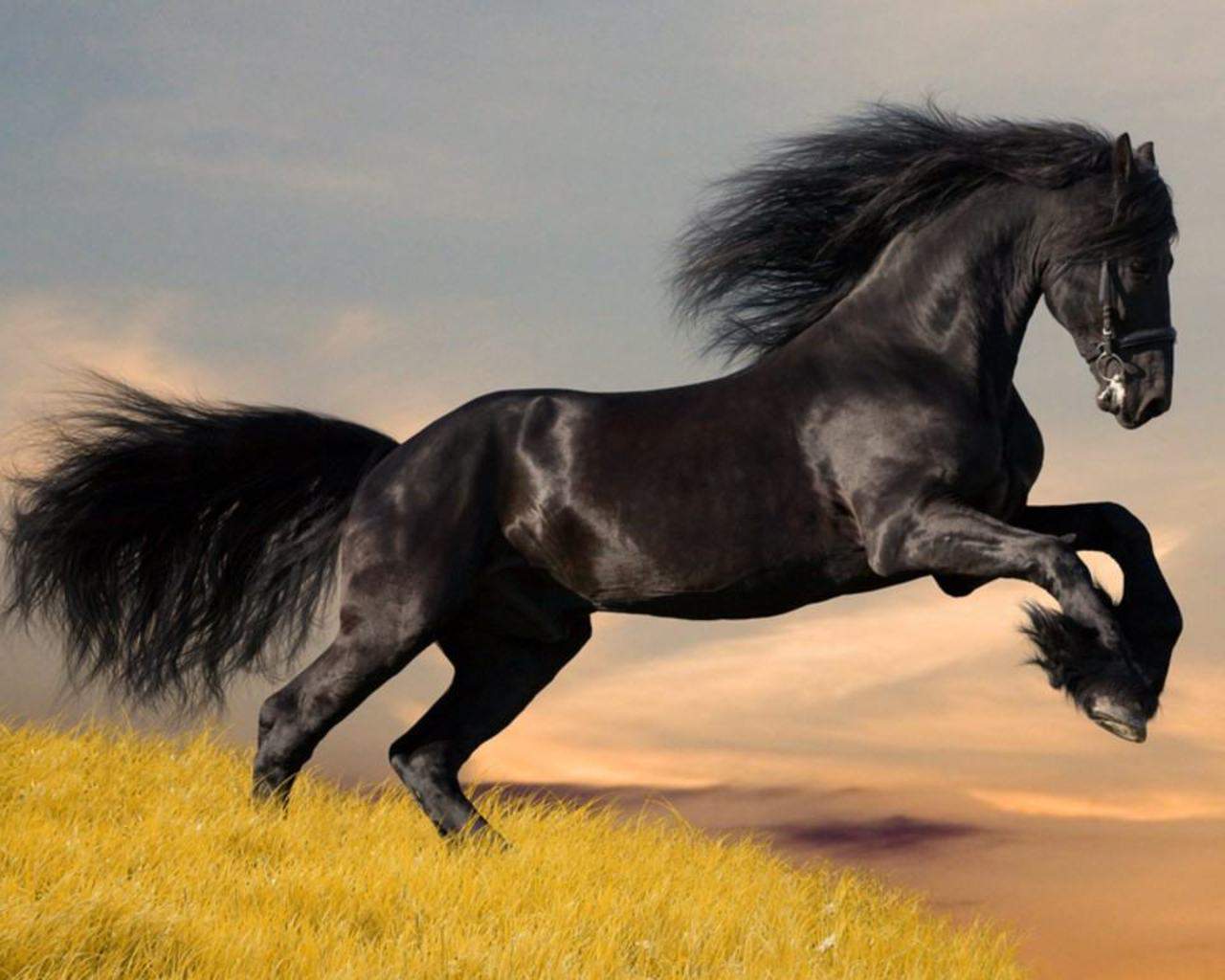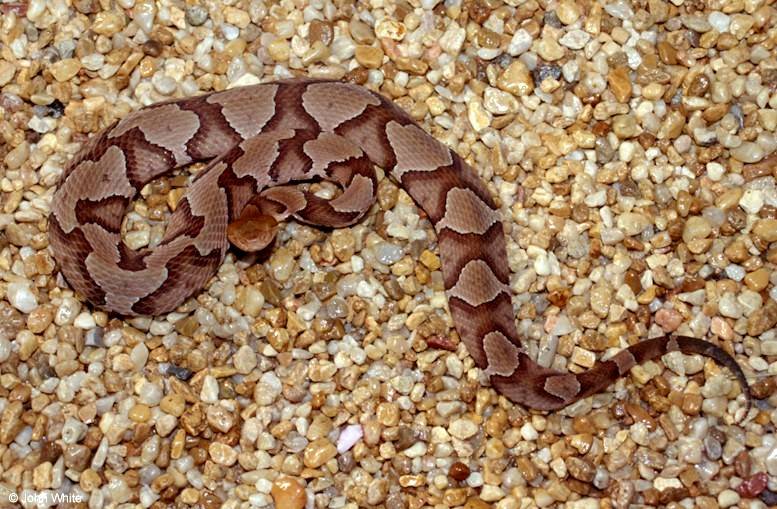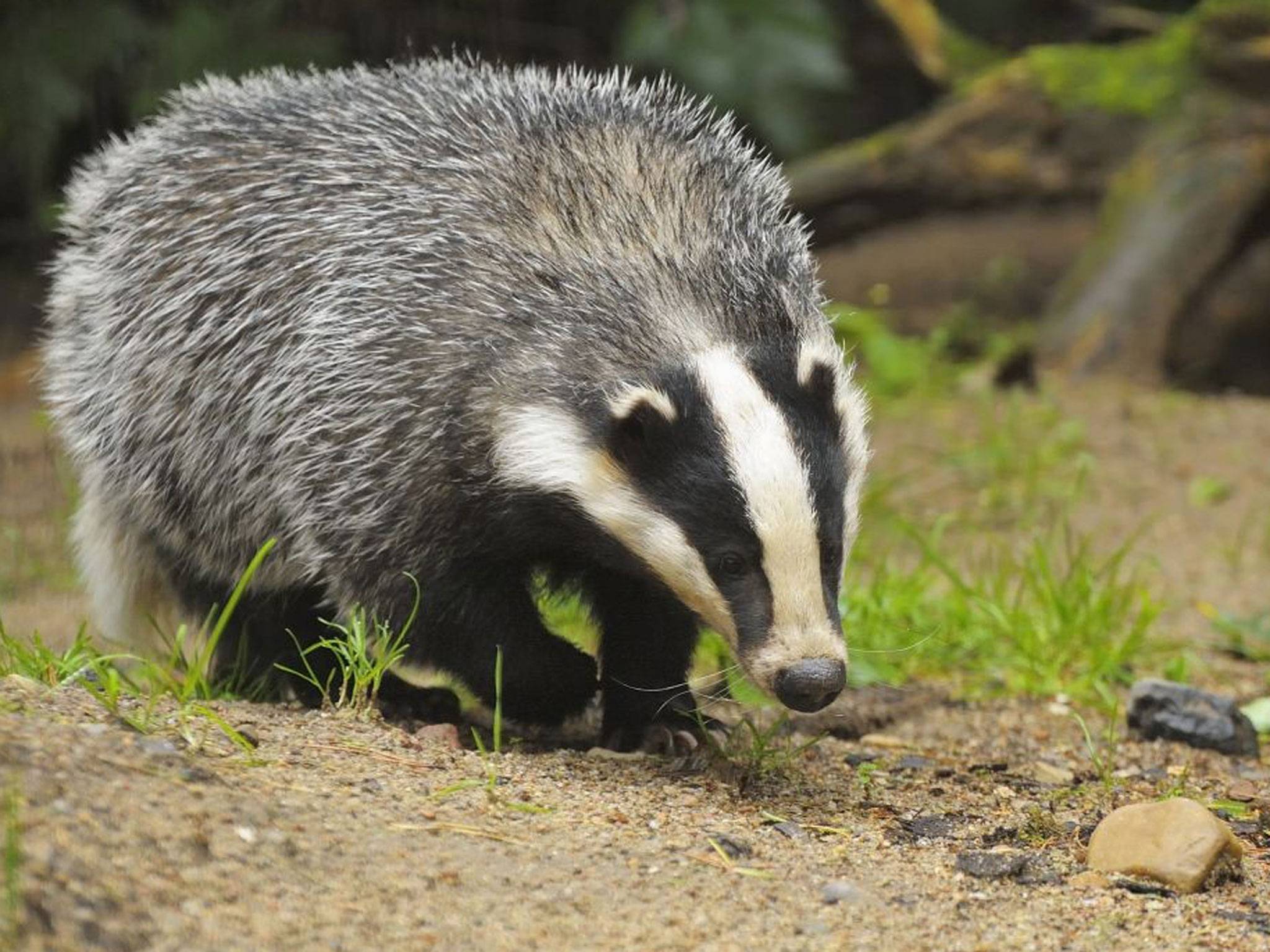Dolphins are closely related to whales.
Dolphins and whales are members of the same scientific order, Cetacea. There are a total of 36 species in the dolphin family, including the largest dolphin which is actually the killer whale. The most well known dolphin however is the bottlenose dolphin.
The
scientific order, called Cetacea, includes dolphins, whales, and
porpoises. The dolphin family Delphinidae has 36 species in all. It can
get confusing at times, because some members of the dolphin family have
the word whale in their common name. In fact, the largest dolphin is the
killer whale! Depending on the species, dolphins range in color from
white, pearl, and pink to darker shades of brown, gray, blue, and black.
- See more at:
http://animals.sandiegozoo.org/animals/dolphin#sthash.ZnXYIEFB.dpuf
The
scientific order, called Cetacea, includes dolphins, whales, and
porpoises. The dolphin family Delphinidae has 36 species in all. It can
get confusing at times, because some members of the dolphin family have
the word whale in their common name. In fact, the largest dolphin is the
killer whale! Depending on the species, dolphins range in color from
white, pearl, and pink to darker shades of brown, gray, blue, and black.
- See more at:
http://animals.sandiegozoo.org/animals/dolphin#sthash.ZnXYIEFB.dpuf



















